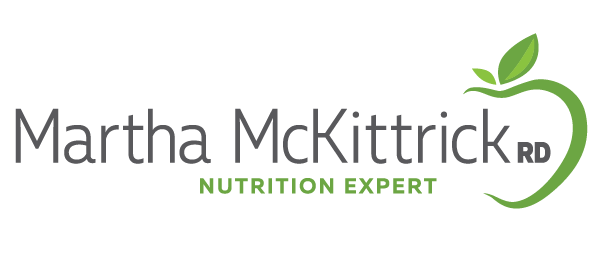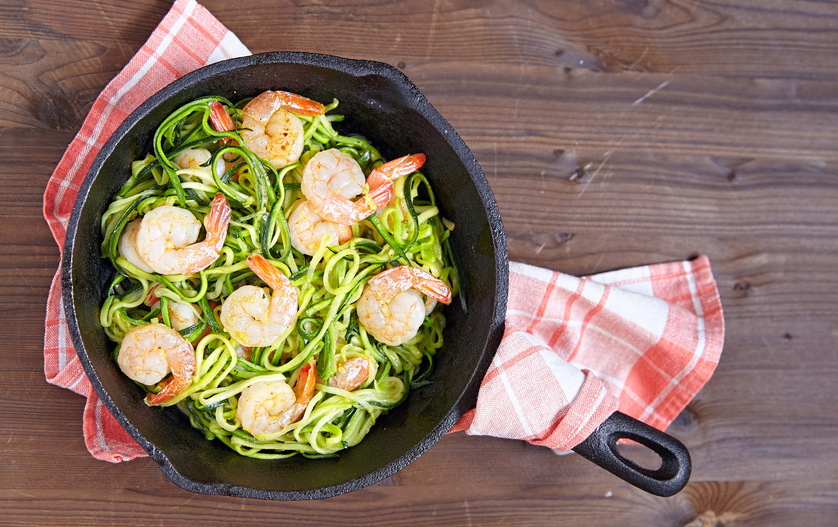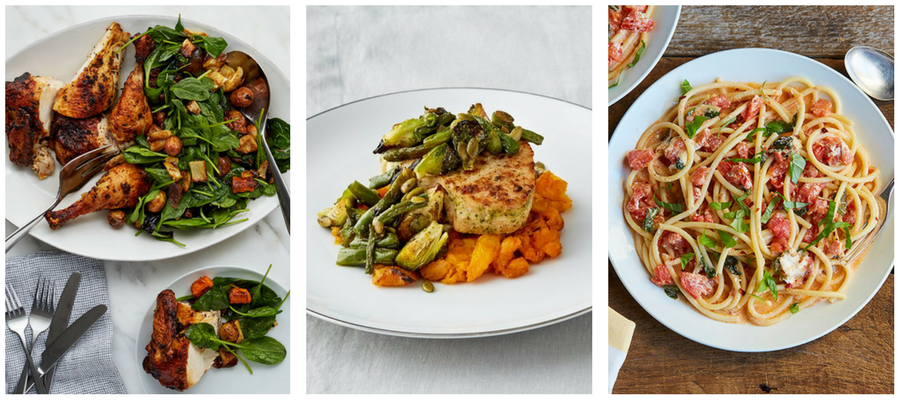Kitchen Mistakes That Can Lead to Weight Gain
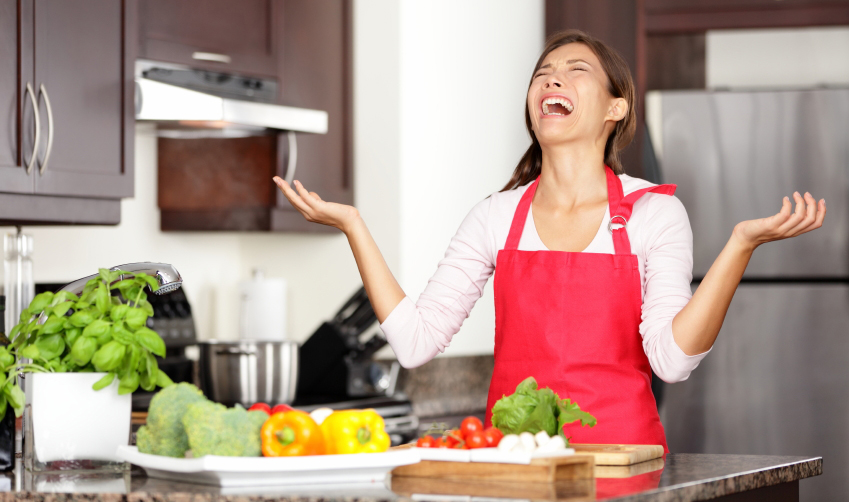
For those of you who cook at home, kudos to you. Most of my  NYC clients barely set foot in their kitchen! But cooking at home is a great way to eat healthier, save money and watch your weight. The problem is that cooking at home can be just as unhealthy as some take-out foods if you aren’t careful. Read on for my colleague, Jackie Topol, MS, RD’s blog post on kitchen mistakes that can lead to weight gain. (pic is of Jackie at her cooking class)
NYC clients barely set foot in their kitchen! But cooking at home is a great way to eat healthier, save money and watch your weight. The problem is that cooking at home can be just as unhealthy as some take-out foods if you aren’t careful. Read on for my colleague, Jackie Topol, MS, RD’s blog post on kitchen mistakes that can lead to weight gain. (pic is of Jackie at her cooking class)
Cooking at home is a great way to eat healthier and lose weight. Research has shown that people who cook at home frequently consume less calories, fat, sugar, and carbohydrates. Because restaurant meals serve such large portions, people typically eat more appropriate sized portions and less calories as a result when they cook at home. That being said, a home-cooked meal can be just as “bad” for you as a restaurant meal if unhealthy ingredients or cooking methods are used or a person has extra helpings. You may also be adding extra calories when you cook without even realizing it.
Common kitchen mistakes that can lead to weight gain … or a less healthy 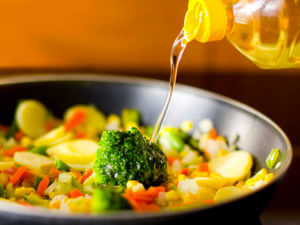 meal:
meal:
- You pour too much oil into the pan. First off, I recommend using a non-stick pan for most cooking, that way you use less oil. You only need a couple teaspoons of oil for most cooking (which is about 80 calories). Using a measuring spoon a few times when you cook will help you get a sense of what that amount of oil looks like in your pan, that way you can just “eye-ball it” in the future. Also make sure to be careful with the amount of heat you’re using if you’re cooking with an oil that has a low-medium smoke point
- You are heavy-handed with the salt. ½ teaspoon of salt contains about 1200 mg of sodium,
 which is about half of the daily recommended limit. Be mindful of how much sodium you’re adding to cooking and try salt-free additions like fresh or dried herbs, vinegar, or lemon or lime juice to boost flavor. pic credit
which is about half of the daily recommended limit. Be mindful of how much sodium you’re adding to cooking and try salt-free additions like fresh or dried herbs, vinegar, or lemon or lime juice to boost flavor. pic credit - You follow a recipe to a T. Many recipes from popular cooking shows, food magazines, and cookbooks are unfortunately too high in calories, fat, salt, or sugar. Don’t be afraid to adapt a recipe or better yet, source your recipes from chefs or food bloggers who are known for more healthful cooking. A great resource for healthy meal ideas is the website Healthy Aperture which has recipes curated by dietitians.
- You serve generous portions of whole grains. Though brown rice, quinoa, and whole wheat
 pasta are certainly healthier that their refined counterparts, you still need to exercise portion control. Try to stick to serving ½ cup of a whole grain per person and serve plenty of higher fiber foods like vegetables, beans, or lentils alongside to fill up. (pic: well this isn’t a “whole” grain, but you get the picture!)
pasta are certainly healthier that their refined counterparts, you still need to exercise portion control. Try to stick to serving ½ cup of a whole grain per person and serve plenty of higher fiber foods like vegetables, beans, or lentils alongside to fill up. (pic: well this isn’t a “whole” grain, but you get the picture!) - You overdo it on the toppings. Cheese and sour cream are popular toppings that quickly add calories, fat, and salt. Just use a sprinkling of cheese (if you must) and swap sour cream for Greek yogurt.
- You dowse your salad in dressing. Adding some fat to your salad is actually a good thing
 because it helps your body absorb the vitamins in your vegetables better. But, you still need to exercise portion control. Choose a salad dressing with healthy ingredients (or better yet, make your own) and use no more than 2 tablespoons of dressing for an entrée size salad or 1 tablespoon for a side salad. Pic credit
because it helps your body absorb the vitamins in your vegetables better. But, you still need to exercise portion control. Choose a salad dressing with healthy ingredients (or better yet, make your own) and use no more than 2 tablespoons of dressing for an entrée size salad or 1 tablespoon for a side salad. Pic credit - You snack as you cook. Taking bites of the ingredients you’re cooking with can really start to add up in calories without you even realizing it. Sip on water or seltzer as you cook and if you must nibble, snack on some chopped veggies.
- You keep the main dish on the table. By keeping the entrée on the table, it’s more likely you will go for a second helping. Plate your protein and starch and then put away any leftovers. Keep the veggies on the table in case you need another serving to fill up.
 You drink wine when cooking (this is my tip … not Jackie’s). Some of my clients do cook, however may go through a few glasses of wine in the process! While alcohol in moderation is perfectly healthy, adding that extra glass or two before dinner pack in calories as well as health risks.
You drink wine when cooking (this is my tip … not Jackie’s). Some of my clients do cook, however may go through a few glasses of wine in the process! While alcohol in moderation is perfectly healthy, adding that extra glass or two before dinner pack in calories as well as health risks.

I’d like to thank my colleague Jackie Topol, MS, RD, CSO, CDN for her guest blog post. Check out her website. Jacke is an Integrative Dietitian at NYP-Weill Cornell Medicine’s new Integrative Health program on the Upper East Side. She also teaches monthly health-focused cooking classes at the JCC in Manhattan. Check out her classes. Start 2017 off on the right foot! Get cooking in the kitchen with Jackie! All cooking classes are taught in the state-of-the-art kitchen at the JCC in Manhattan.
RELATED POSTS
MEET MARTHA
I especially love problem-solving, whether it’s helping women defeat issues plaguing them for years, helping a busy executive find practical ways to get heart healthy, or providing tips to help you reverse diabetes. That’s why I’m on a constant quest to expand my knowledge by staying on top of the latest research.
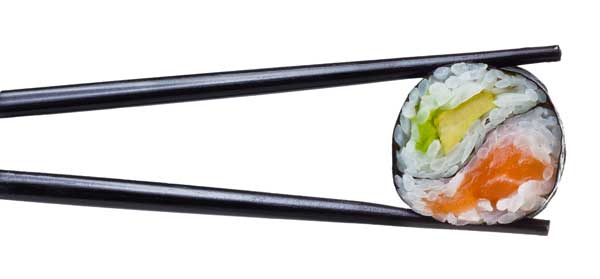
20 Ways To Eat Out 550 Calories or Less!
No time to cook? We’ve got you covered. Here are 20 healthy meals from a variety of cuisines that won’t pack on the pounds. Most of them also have less than 30 grams of carbs.
Subscribe to my newsletter and get this free download.
